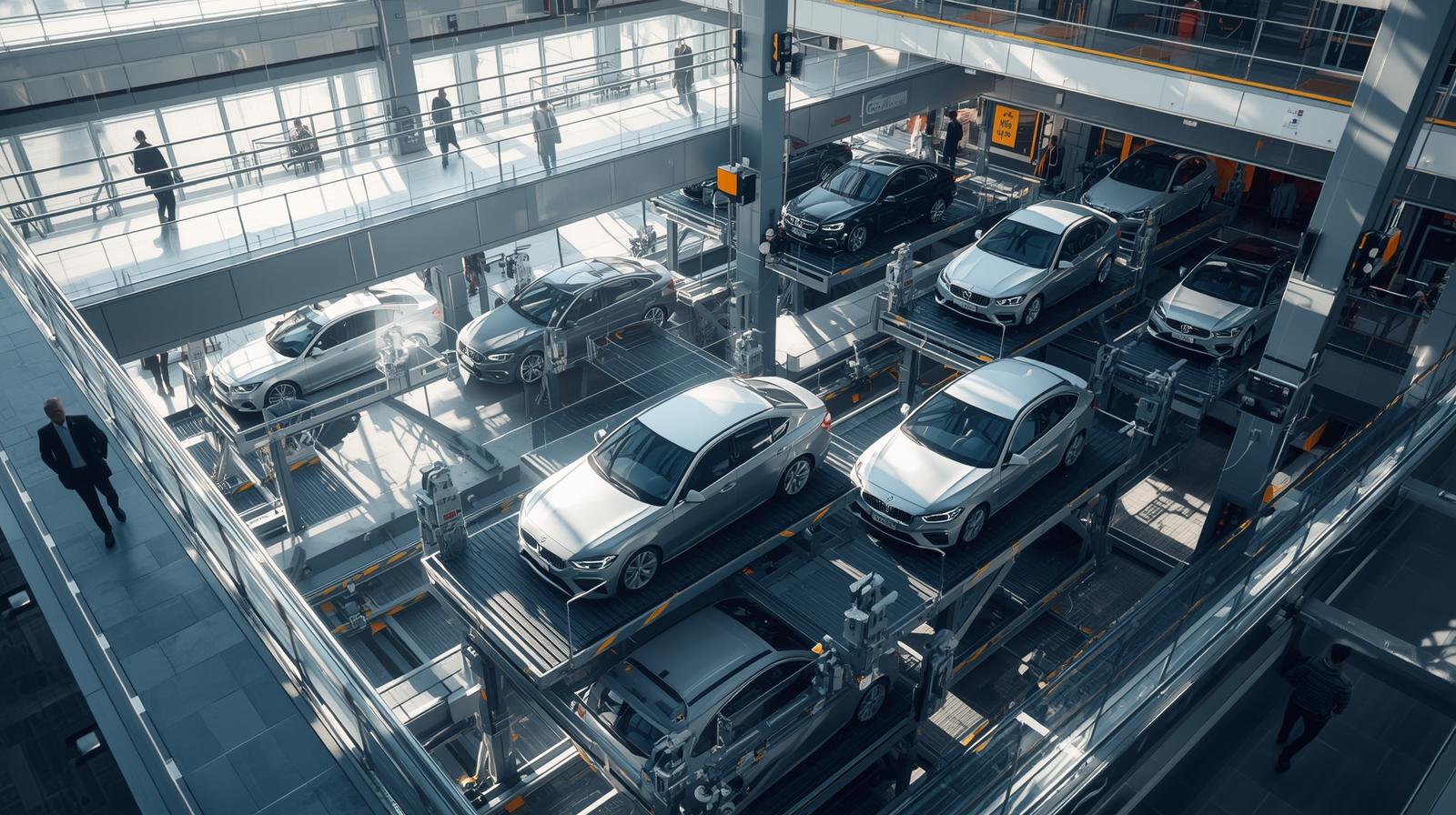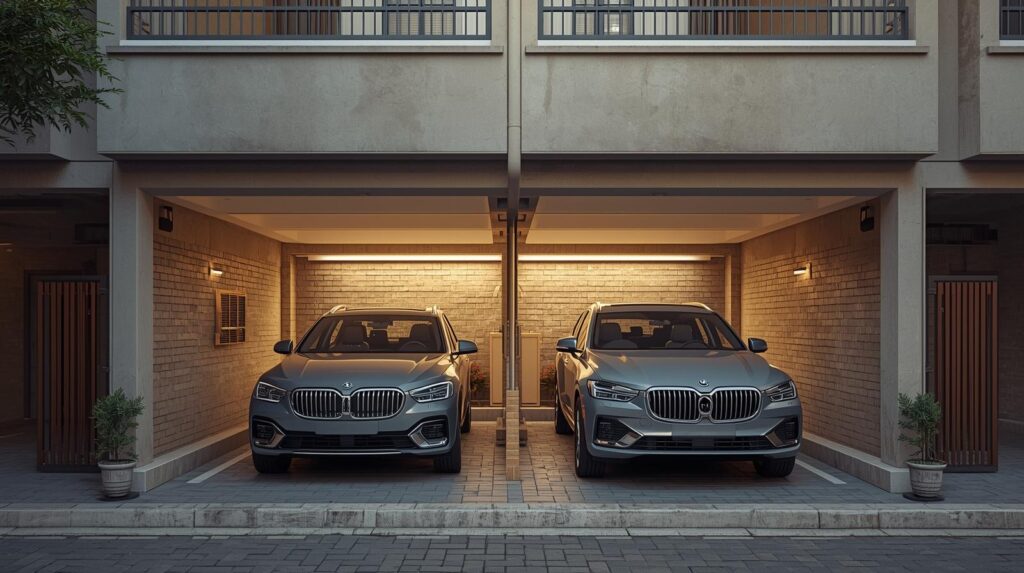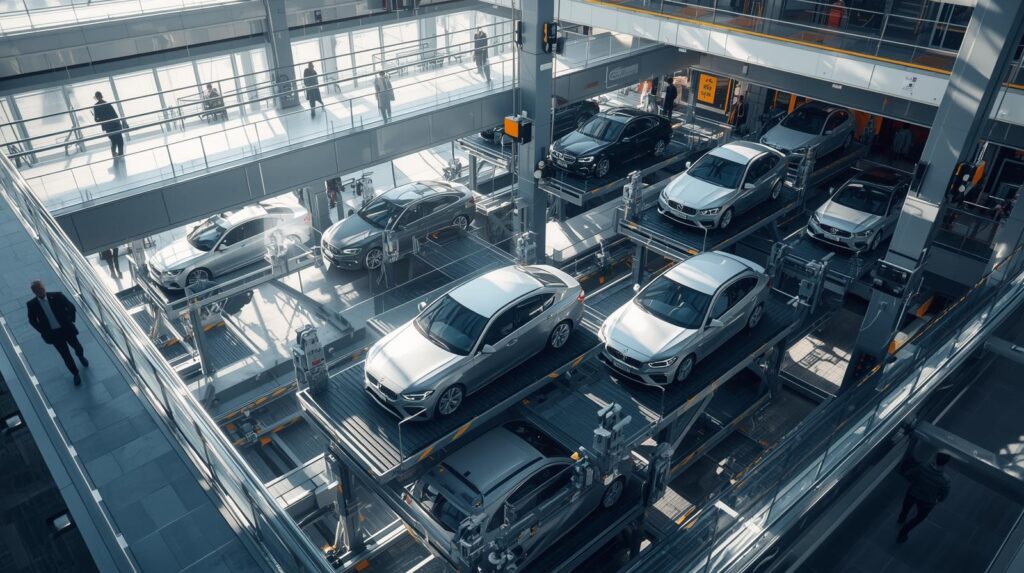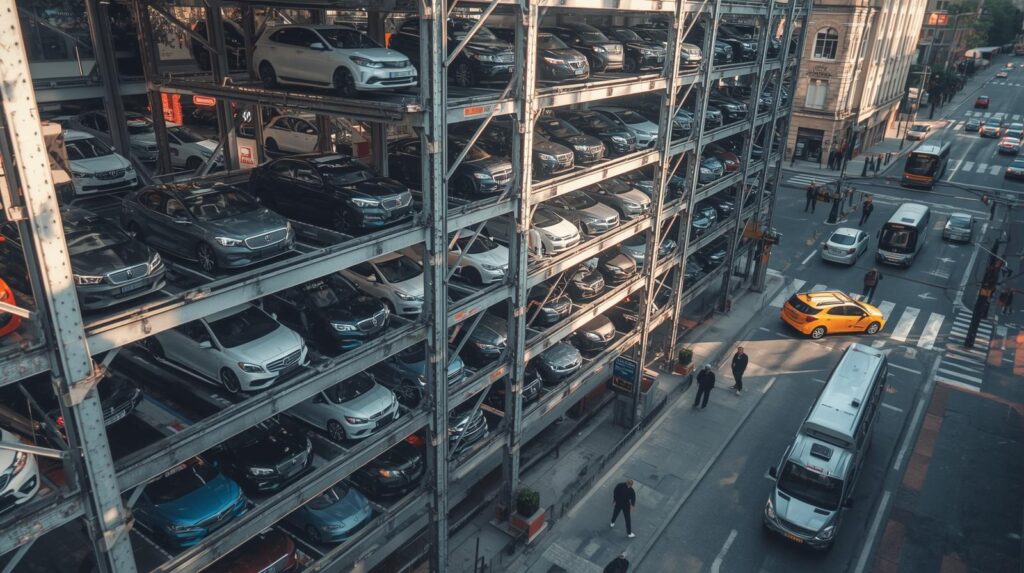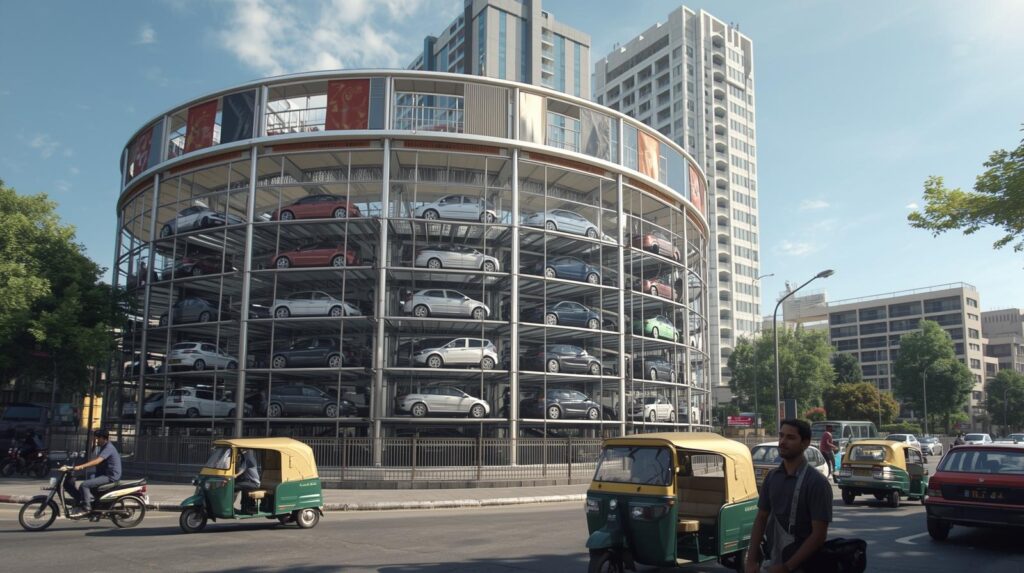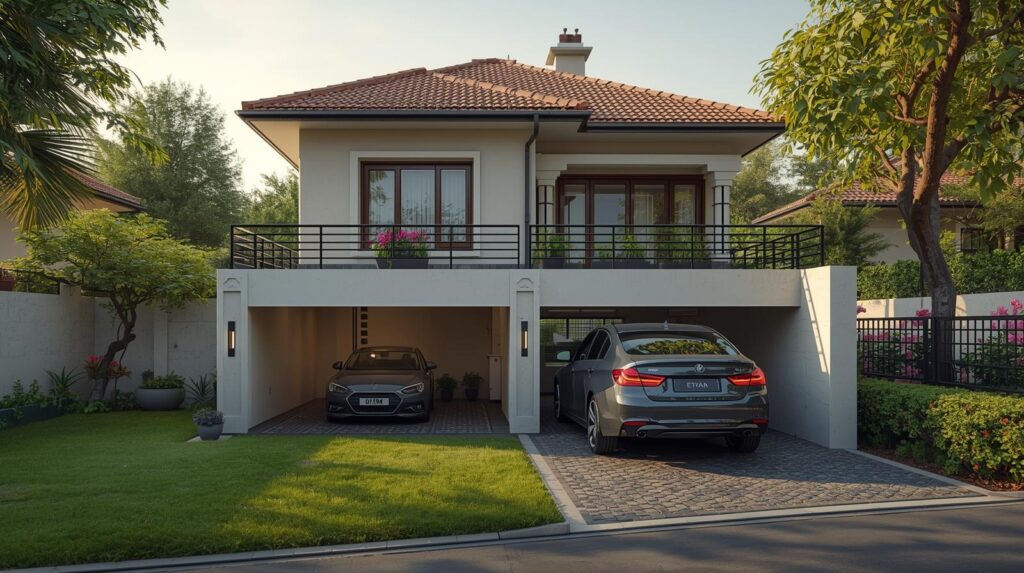- AI in parking systems
- Automated parking solutions
- Benefits of smart parking
- Contactless parking systems
- Digital parking systems
- Energy-efficient parking
- Intelligent parking solutions
- IoT parking solutions
- Parking app integration
- Parking automation benefits
- Parking management technology
- Parking sensor technology
- Parking space optimization
- Parking system innovations
- Real-time parking data
- Smart city parking
- Smart parking systems
- Smart parking trends 2025
- Sustainable parking solutions
- Urban mobility solutions

